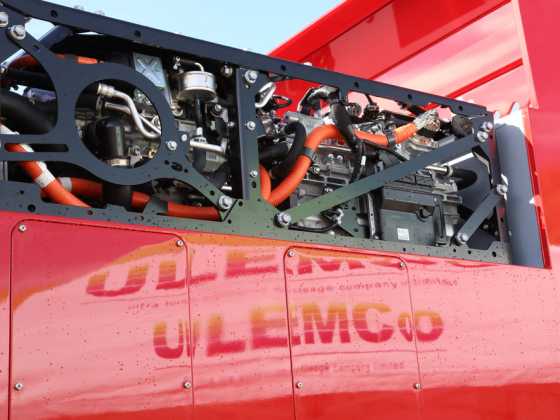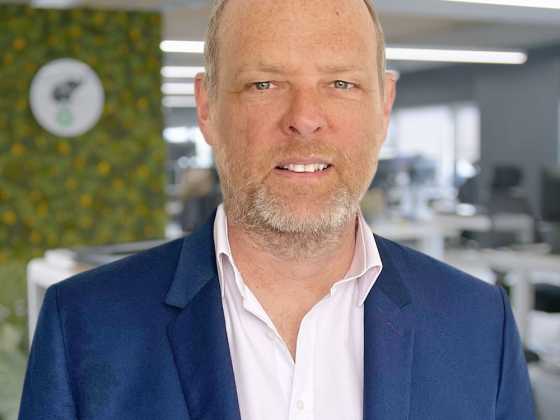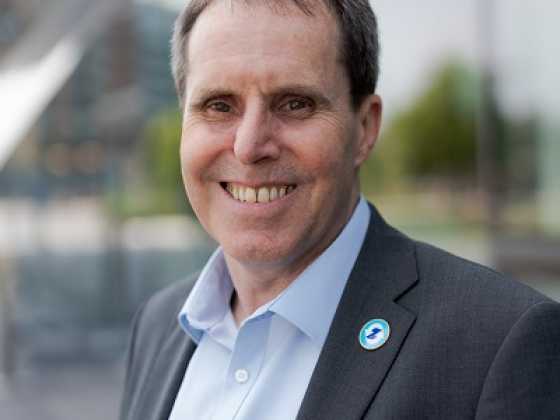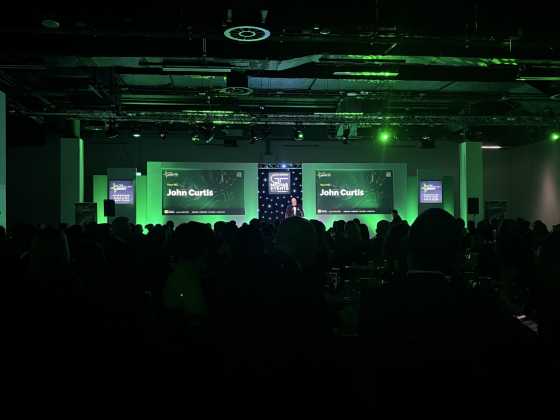Getting smart about EV charging

The Electric Nation project explored whether using systems which move charging away from peak times - thus avoiding problems for local electricity networks - would be acceptable to EV drivers. Here are the result findings
Electric Vehicles (EVs) are becoming increasingly common on UK roads. The growth in EV ownership could cause challenges for the UK electricity industry if the adoption of electrified transport is widespread, especially if groups of neighbours buy EVs creating localised clusters. These clusters could create issues on electricity distribution networks – the networks that take electricity from the National Grid transmission network and deliver it to homes and businesses.
The Electric Nation project, which was funded by Western Power Distribution, shows there is a solution. The project explored whether Smart Charging systems and incentives could reduce, delay or avoid altogether the need to upgrade or replace local electricity networks, by moving demand for charging away from periods of peak electricity use such as the tea time peak period, and - most importantly - whether this would be acceptable to EV drivers.
The Electric Nation smart charging trial ran between January 2017 and December 2018 and recently released its findings.
The trial shows that there is flexibility in charging behaviour – but without an incentive, early-evening demand could cause issues.
The trial showed that demand management is technically feasible, and acceptable to the majority of trial participants, and that 'Time of Use' incentives are highly effective at moving demand away from the early evening when combined with Smart Charging and an app that gives the user the information and control they need.
What the trial involved
The trial focused on domestic EV charging. 673 participants were recruited by project partner and EV leasing specialist DriveElectric, and included 40 different types, makes and models of EV. For the purposes of the trial, EV owners were given smart chargers that were capable of reporting when an EV was plugged in and when it was actively charging. Additionally, these chargers were also capable of receiving instructions to reduce or pause charging. Participants were split into two cohorts. Each cohort was managed by either Greenflux or Crowd Charge.
The Electric Nation Smart Charging trial was managed by EA Technology and consisted of three phases. In phase one, charging was paused or ‘turned down’ during this phase of the trial, but trial participants could not interact with the Smart Charging system.
In phase two, trial participants were given ‘apps’ to enable them to interact with the Smart Charging system.
Phase three introduced a simulated Time of Use (ToU) tariff, supported by apps, to reward participants for changing their charging behaviour to avoid charging in the early evening.
Throughout the trial, participants were asked for their feedback on the Smart Charging systems via customer research surveys. These surveys were used to compare the acceptability and satisfaction levels of each solution.
Phase One
Participants experienced Smart Charging ‘blind’. They were not told when the trial had started or when their charging was being managed. The two Smart Charging providers (Crowd Charge and Greenflux) were asked to ensure that total EV demand for their cohort did not exceed a defined capacity limit. This simulated all chargers in a group being supplied from the same network (e.g. by the same substation, or on the same feeder). Charger management was required when the demand from all the active chargers in the group exceeded the defined capacity.
Trial participants who usually plugged in their EVs between late afternoon and 9pm on weekdays would have experienced some management. Management was only active during the early evening, so participants who charged outside this time (e.g. overnight on a timer) may not have experienced management at all.
Phase two
During this phase both Crowd Charge and Greenflux introduced “apps” to enable trial participants to interact with the Smart Charging systems.
Participants in the Crowd Charge cohort were asked to input journey requirements and the State of Charge of their battery each time they plugged in. The system then ensured enough charge for the next journey was supplied as a minimum.
The Greenflux cohort were provided with an app that allowed them to view their charge session and request High Priority for that session, excluding them from demand management.
The EV Charge management regime operated in the same way as during Phase 1 – so a limited overall capacity was available to each cohort. This meant that management occurred on the majority of weekdays for both cohorts.
Phase three
For phase three of the trial, Greenflux amended their app to allow participants to select a ‘charging preference’ between charging regardless of price (Optimise time), charging at the cheapest time (minimise cost), and optimising time and cost where a charge could begin at times of higher prices, but would avoid peak price charging.
The Crowd Charge app was updated to use journey plans alongside the tariff, to move charging to cheap periods where the journey plans indicated this was possible. Interaction between participants and the journey planner was low, so charging often occurred in the tea-time peak, meaning the system made very little difference to the demand profile.
The effect of the Greenflux app on group demand was dramatic. The early evening peak in EV charging demand disappeared. Demand management was no longer required shortly after the introduction of the scheme.
The overall effect of this trial was a demonstration that a clearly communicated modest financial incentive, combined with Smart Charging and a relatively simple app (to allow customer interaction with the system) can change people’s charging behaviour, shifting peak period charging to the late evening and overnight. Two thirds (66%) of Greenflux participants said that they would recommend this solution to their friends.
Commenting on the third phase of the trial using Greenflux, one participant said: “I loved this trial, it was fantastic for me as the majority of time I charge overnight, so I don’t care when it charges, but if I needed it straight away it just charged to optimise time and it started straight away. Hassle free.”
Commenting on the overall trial, another participant said: “This is a good project, and it makes perfect sense to minimise charging cost if the car is being left overnight anyway, and/or stagger charging to help with demand, which is good forward thinking.”
Electric Nation facts:
1. The trial captured over 130,000 charging events, lasting nearly 2 million hours
2. During the early evening peak, an average of 14% of the EV population are charging their EVs
3. EVs are generally plugged in for much longer than they need to charge for. 75% of EVs plugged in during the evening peak are charging for less than 40% of the time they’re plugged in
4. On average, participants charged their vehicle between three and four times a week
5. People charge their cars more often in the winter months of January and February.






